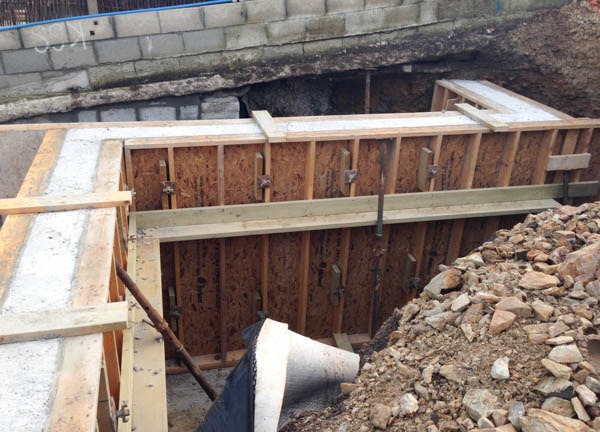What are retaining walls made of? Retaining walls are usually built to keep a lawn from being destroyed by heavy snow or rain. If you have a large piece of property that doesn’t face any issues with the elements, you may consider doing away with the retaining wall altogether. However, if you are building a retaining wall for practical reasons, you may want to keep it. How much do retaining walls cost around different times of the year?
Retaining walls can be constructed out of concrete or stone, which are the most expensive materials when purchased separately. Costs for poured concrete start at approximately $4.35 per square foot, while interlocking blocks cost between $5.00 and $7.00 per square foot. Poured concrete blocks are typically constructed to be stronger than interlocking blocks, which can make them more economical in the long run. Supplies or installation, including drain tile or filter cloth, are usually not included in the initial price of these products.
The cost of your retaining wall will also include the amount of labor it will take to install it. Grading is one aspect of this aspect, although it does not necessarily have to be done by a professional. The grading of the earth surrounding the property is where the costs will end. Most often, it will come down to either adding gravel to the bottom of the retaining wall to level it out or planting grass along the wall’s edge.
As mentioned above, one of the more common materials used in constructing retaining walls is concrete. This material is commonly mixed with sand or topsoil so it is more pliable than many of the other options available. There are two types of concrete available to builders; concrete footer pavers and poured concretes. Concrete footer pages are fairly simple to install because they just lay directly on the soil. Poured concretes, on the other hand, must be installed on top of the soil.
In addition to the materials already discussed, there are some simple steps that any builder can take to make sure his or her retaining walls are as durable as possible. First, if you are going to use gravel as a grading material, you should dig a series of small voids in the ground to be filled later with loose soil. By doing this, you will ensure the players do not crack or break apart. This will also give the wall a better slope to help keep water from pooling up under the stones.
On the other hand, interlocking concrete blocks are the most popular option for this purpose. These walls are built in a factory from a slab of precast concrete slabs. Each block is securely held in place by several steel connections. Because these walls require fewer materials and take less time to install than traditional concrete structures, they are generally less expensive to purchase and install.
Both gravel and interlocking concrete are cost-effective options for homeowners who want to add a layer of footing to their backyard. If the backyard is not too wide, these walls can serve as a great way to create more space in the yard. In addition, they can add an attractive style and design to any backyard. In addition, if the retaining wall idea is chosen for commercial properties, it can make a dramatic difference in the look of the property.
There are two popular styles of retaining wall systems: mortared masonry and interlocking concrete blocks. Each method requires different amounts of labor and materials to install. For example, one system may require professional tools such as cement mixers, wrecking balls, and heavy machinery. However, most homeowners can install these types of walls with the help of at-home cement mixing companies. Depending on the area and budget of the homeowner, costs for installing the walls can range anywhere from two to five percent of the home’s overall cost.

